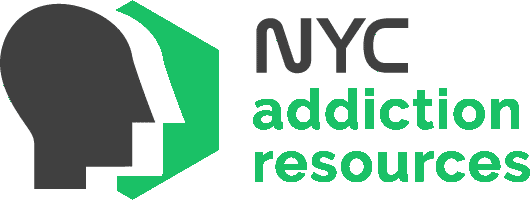What are Opioids?
Opioids are a class of drugs found from the opium plant and work on the brain to produce effects that produces relief from pain and cause euphoria. Opioids can be prescription medications or also in illegal drug forms. Prescription opioids are used to block pain in the brain which sends signals to the body that the pain is controlled and sends the body a happy signal. Opioids are narcotics. Some examples of prescription narcotics are OxyContin and Vicodin. Some examples of synthetic opioids are fentanyl and heroin.
Pain and the Brain
There are two types of pain. The two types of pain are referred to in two different names because scientists can’t seem to agree on what to call them. These names of pain are peripheral versus central pain or nociceptive versus neuropathic pain. The distinction between the two is the actual damage to your body versus your mind’s perception of the injury. For example, actual damage to the skin or muscle from something like a burn is considered peripheral/nociceptive pain. Central pain or neuropathic pain is how the brain perceives pain.
Pain fibers will sense that an injury has occurred and pass this signal to nerve cells. In a situation where say someone kicks you in the shins your brain reacts to the pain and sends a signal to the body on how to react to the pain. Stress-relieving hormones are released and your immune system will start working to help with the inflammation from the trauma to the leg. Endorphins are produced to help with the pain that your body is feeling at that moment.
Why Prescribe Opioids?
For those who experience chronic pain, natural endorphins that are released in the body just aren’t enough. When this occurs doctors will prescribe opioid painkillers to help with the pain someone is experiencing. Prescription opioids and natural endorphins both work with receptors in the brain at the nerves end. Receptors will catch messages called neurotransmitters that activate nerve cells and send electric pulses and signals to the body.
Specifically, opioid receptors do the opposite, they stop electric pulses from traveling through the nerve cells. There are three major opioid receptors called Mu, Kappa, and Delta. The Mu-opiate receptor is responsible for major effects of opiates no matter if it is heroin, prescription pills, or synthetic opioids. Opioids will stop the pain in the body but the major side effect of continued use is addiction.
Opioid Addiction
Opioid receptors can trigger different effects in the body. Some of these effects are slow respiration, constipation, low blood pressure, and decreased alertness. Opioid addiction begins in the midbrain where receptors will switch off nerve cells called GABAergic neurons. GABAergic neurons switch off the brain from producing euphoria and pleasure.
The more the brain receives pleasure from opioids that are being put into the body, the less the body will produce on its own. Once opioids shut off GABAergic neurons, dopamine is released triggering a surge of happiness. Dopamine has the ability to turn off the brain’s fear center, anxiety, and stress. What happens is opioids are reinforcing the reward system. Opioid addiction becomes a part of a person’s neurons because they adapt their brain to drug use.
What Happens when Enough is Enough?
Opioids become so hard to escape because of the way they change a person’s brain and the withdrawal symptoms a person experiences from quitting opioids. When the body is deprived of opioids after the body is addicted, the symptoms go in the opposite direction for someone who is using opioids. Instead of constipation, a person will begin to experience diarrhea. Instead of slowing respiration with opioid use, blood pressure is elevated. Instead of happiness, a person begins to experience dysphoria and anxiety. All of these side effects cause a person’s brain to want opioids more and more to experience a sense of relief.
Some physicians have turned to opioid replacement therapy which switches a person from addictive illegal substances to controlled prescription compounds such as suboxone. Once a person is on a controlled prescription, a physician can control a person coming off the medication completely. Recovery communities are divided on whether or not this technique can work. What we know is that opioids are killing people at an alarming rate. It is possible for the brain to recover and a person to recover from opioid use but it takes time for the brain to adjust. There is no magic recipe for recovering a person’s brain who has abused opioids but there are places available for help.


